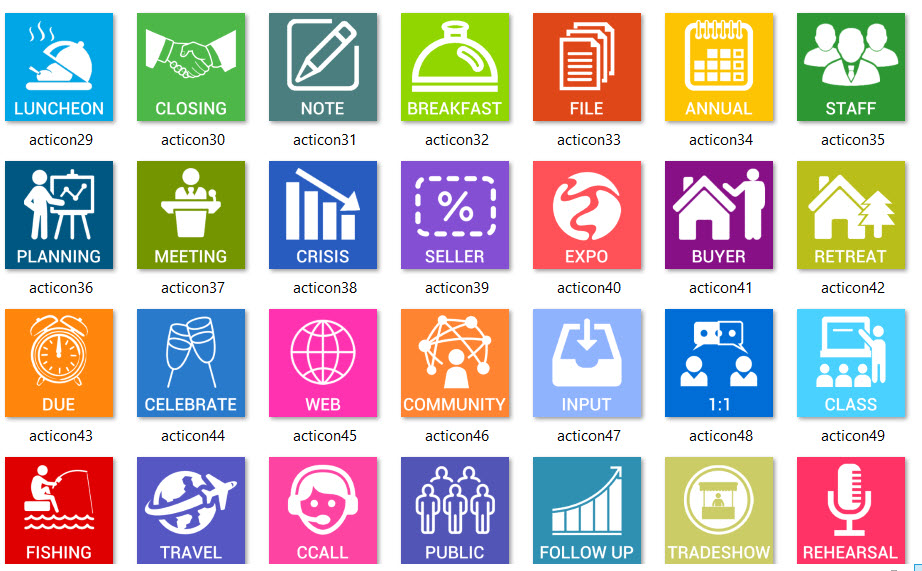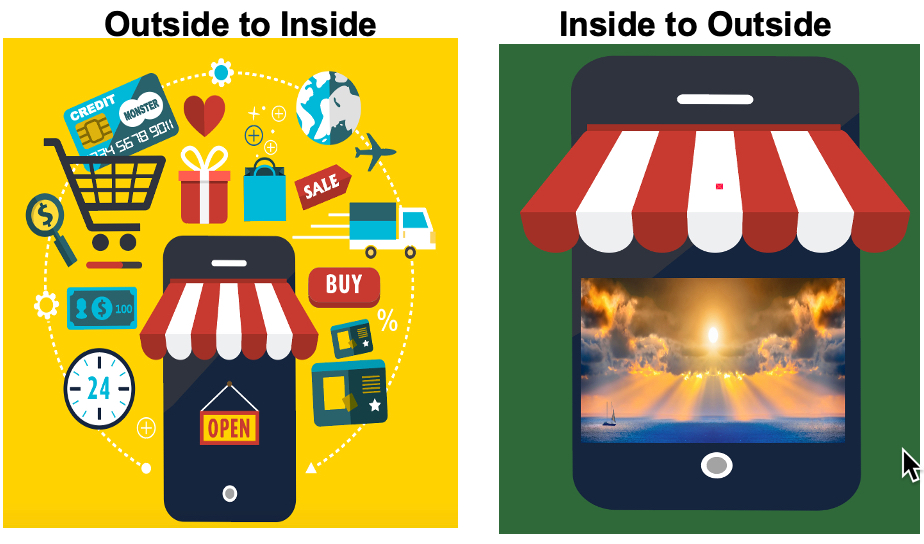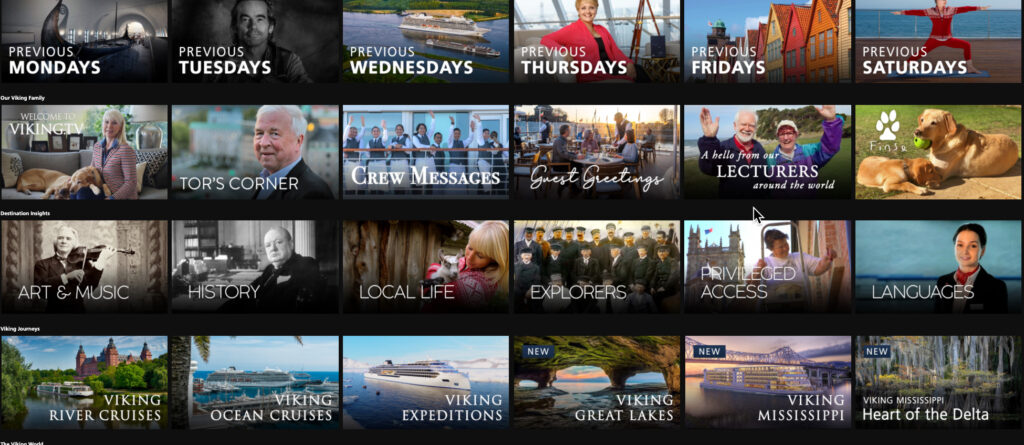Are You Losing Sales Because Your eCommerce Site Sucks
The Online Warehouse Digitally Transformed into Customer Experience Center
By Thomas B. Cross CEO TECHtionary and SocialStreamingTV.com
3-Minute Read

Ecommerce websites have been around since the beginning of the internet selling everything good and bad. Along with the entire concept of “no-day” shipping, ecommerce is defined often not by what they sell but how they provide “returns” to solve poor quality, defective, fakes and often misrepresented goods. Customer engagement consists of customer generated reviews which also are full of fakes. The customer experience for ecommerce is generally really dull and dreary because the buyer is not there for the website, they are there for a transaction – “get me this stuff really fast and if I hate it for any reason take it back just as fast as you sent it to me.”

Airline and travel ecommerce sites generally offer travel related services like adding in hotel, car rental and the all-too vague need for travel insurance. You would think they might add the #1 thing people need for travel – luggage known by the airlines as baggage yet alas most don’t, if you know one let me know. Hotel ecommerce sites talk about the beauty, charm and “hidden gems” of their hotels without ever mentioning all the fun things all around when you get there. Even “outdoor” travel sites focus on the outdoors aka outside but often miss the need for “indoor” places to stay. In other words, regarding ecommerce, you are expected to spend a lot of time going to a lot of different websites to do your ecommerce. For example, in travel tourism sites, you would think they might ask a traveler “what else” do you need along with the hotel they are pitching you to visit?
The entire concept of ecommerce needs to take a dramatic turn away from the worst in customer experience to something I call “customer experiential communications.” Of course, this is not one thing it’s a lot of things. It’s more about providing an experience and the “being” they are selling to. You may be asking why traditional ecommerce websites aren’t doing this. The answer is rather complex. You would think they would yet like any business model each one builds on its “deep roots” in their industry. Airlines are focused on their passengers not really “why” the passenger is going to or from. Airline ecommerce is about pricing, schedules, rewards points, seating, baggage “handling” as they don’t even want to say luggage, pets, flight delays and procedures for waiting on the tarmac (who came up with that word), etc. Airlines have almost totally eliminated the concept of the inflight dining in favor of inflight WiFi as passengers care less about the food than the price of the ticket. This has also opened the market for new airlines where customers don’t care what it costs but want a better customer experience.
Most ecommerce websites generally offer “companion” products or “recommendations for you” based on what you searched for, bought or even random ideas based on seasons aka Christmas is coming, back to school, and others. In addition, some ecommerce websites do offer advertising from other providers like shopping for luggage, you might see an ad for a travel resort or amusement park. However, they are not integrated together into one purchase. You still need to buy your luggage from one place and the go to all the other ecommerce sites such as airline, hotel, car rental, restaurant, amusement park, gift store, spa, yoga, fitness or rock climbing classes, clothing, sunscreen, meds, nature walks, flower garden lessons and anything else on others like a sleep, meditation, or cardio app. The concept of customer experiential communications or CEC (yes, another acronym) also suggests that by bringing all the things the customer “persona” does before, during and even after your experience in this case travel customers will vastly increase the overall customer experience.

There is something approaching customer experiential communications in the tech space, called MSP-managed service providers and often what full service travel agencies do or what a concierge does though on a larger scale with teams of people working on solving clients needs whatever they are. MSPs work for any industry, size, place, space (like hybrid or work-from-anywhere), rising need for all kinds of security, technology (and that covers a lot), user type from new-hire to founder, business model, growth stage, M&A (merger and acquisition) efforts and anything you can imagine. The question remains, whether the MSP model could be applied to ecommerce companies. The real answer is a “why not” as ecommerce providers from the smallest BBQ sauce, book author, clothing or jewelry designer, toy builder and others could be organized together into a Netflix network. For example, who doesn’t love cooking shows but the chefs in these shows are not focused except for their cookbook on selling the cookware, travel destinations to visit for similar cuisines or even cooking parties live streamed together. Make the show an experiential party as that is what people are really looking for.
If you prefer another perspective instead of looking from outside looking inside for the traditional ecommerce model to inside looking outside for the customer experiential experience model or even a personal fantasy is blended seamlessly together cooking together from anywhere in the world and even live video streamed.

This is not turning ecommerce sites into social media sites but even more. Customer experiential communications will indeed come from those who understand life is an “living” experience with things we need, go to, enjoy and so much more.
Summary – To keep this brief and focused, ecommerce needs to evolve from just a “warehouse” approach to a customer experiential communications approach, really looking into the minds of the customer and seeing the world as they do and helping them live, build, and do whatever that is. There is much more to this issue and look forward to any thoughts you may have – email cross@gocross.com or connect on Linkedin here.
Here’s one example that comes close to what the new customer experiential communications concept might look like. If you would like to work together on building your own version, email me.

